Leeuwarden, the capital of the province of Friesland in the Netherlands, will become a European Capital of Culture in 2018. Preparations for taking on that prestigious mantle are already well underway. Stuart Forster goes exploring Leeuwarden to find out more.
The first major event in the programme counting down to 2018 opened at the beginning of October and has already drawn more than 50,000 visitors to the city, which lies a two-and-a-quarter hour direct rail journey from Amsterdam’s Schiphol Airport. The exhibition Alma-Tadema: Classical Charm, at the Frisian Museum, will continue until 7 February 2017.
It shows artworks and artefacts from the homes and studios of the influential artist Sir Lawrence Alma-Tadema, who was born in a village just a few kilometres from the His remains lie interred within St Paul’s Cathedral in London—he moved to England in 1870 and became one of the most celebrated and highly paid artists of the Victorian era.
In addition to displaying Alma-Tadema’s boldly coloured, photo-realistic paintings plus objects providing insights into his life, the exhibition features snippets from several of the films influenced by the artist’s carefully researched depictions of life in Ancient times. Scenes from the movie Ben-Hur, directed by William Wyler, illustrate how Alma-Tadema’s imagery and use of light has inspired cinematographers for over a century.
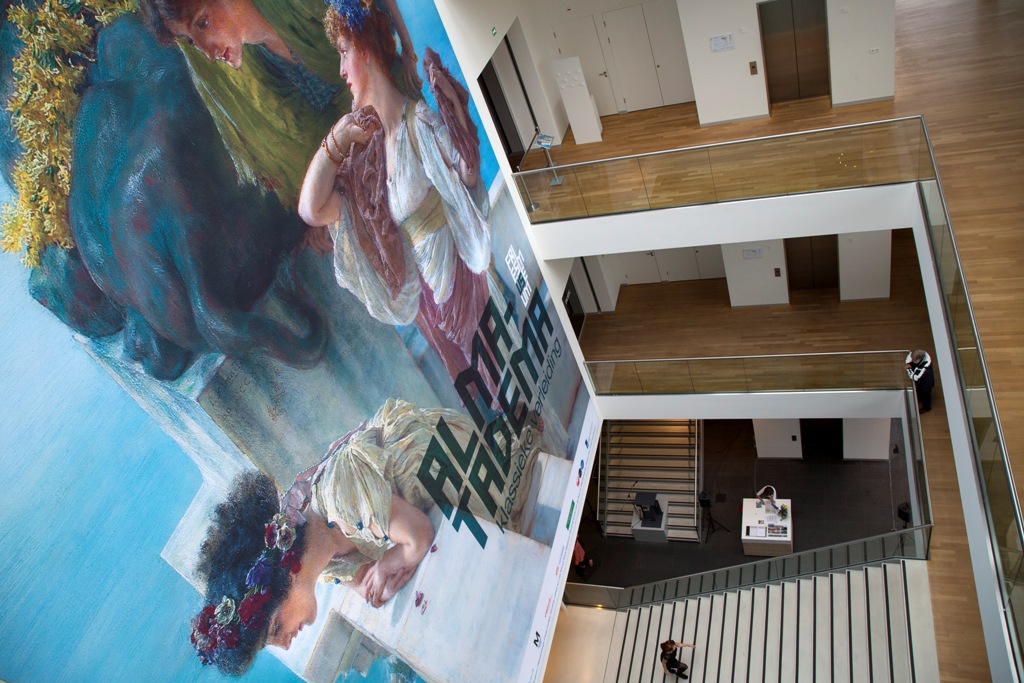
Alma-Tadema’s oeuvre is coming into vogue once again. In 2010 an anonymous collector paid nearly $36m for The Finding of Moses, at an auction held by Sotheby’s in New York. Its high price means Alma-Tadema has the distinction of being the most valuable artist of Victorian times. The masterpiece hangs just a few metres from The Roses of Heliogabalus, which is owned by the billionaire Juan Antonio Pérez Simón. Paintings loaned from galleries and private collections around the world have been gathered for Alma-Tadema: Classical Charm.
The Dutch name for the exhibition venue is the Fries (pronounced ‘frees’) Museum. Inevitably, reading that name results in some visitors from English-speaking lands erroneously anticipating exhibitions relating to the triple-fried chipped potatoes that are such a popular snack across the Netherlands. You can, however, learn about the heritage of the region, and view artefacts illustrating the story of the resistance movement that was active during World War Two.
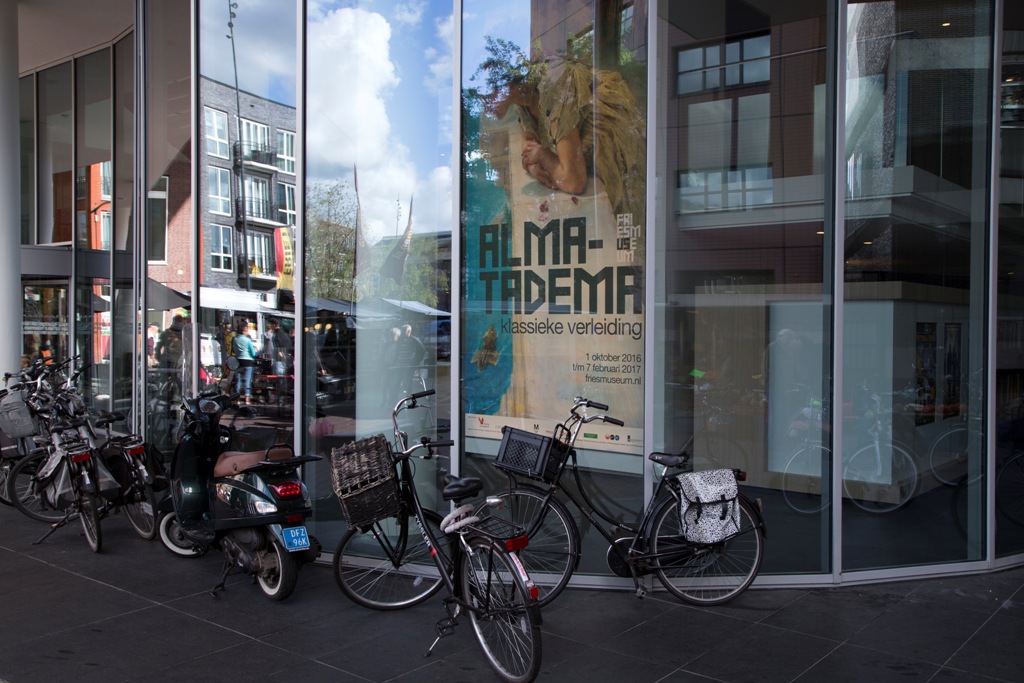
The impressive, three-storey museum building—designed by Hubert-Jan Henket—overlooks the Wilhelminaplein, a square that on Fridays hosts a weekly market. Fruit and vegetables, cheeses and fish products number among the items sold at the market’s stalls. Anyone looking for fries, traditional delicacies such as maatjes (herrings), or even Turkish style snacks, can purchase food from trucks that park up for the duration of the market day.
Walking around a market in the Netherlands you might expect to hear Dutch? In Leeuwarden that’s possible but more than 400,000 of Friesland’s inhabitants speak Frisian, which is recognised as one of the country’s official languages. It is regarded by linguists as being close to English, though you might not think so upon hearing it spoken. The broad staircase of the Frisian Museum displays a number of Dutch and Frisian words side by side.
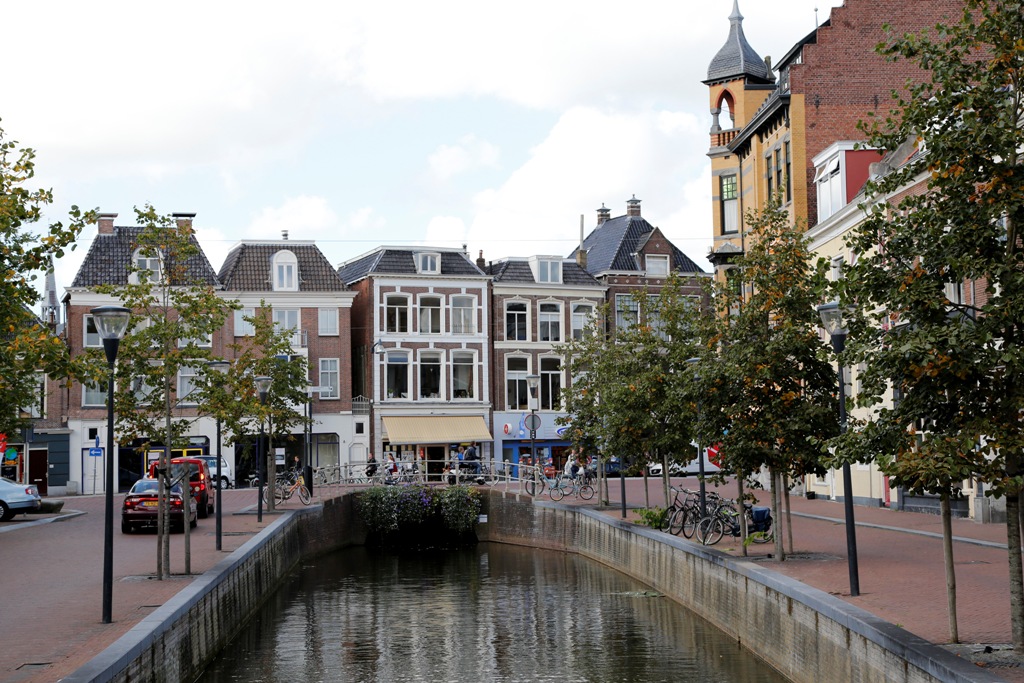
This compact city of 110,000 people plans two further exhibitions at the Frisian Museum to celebrate the lives of world-famous figures born within the municipality’s boundaries. The next one will be about the life of Mata Hari, the exotic dancer who was convicted of being a spy.
She was born in Leeuwarden, as Margaretha Zelle, and executed by a firing squad in Paris in 1917. The show will coincide with the centenary of that controversial event, and the opening of the archive which holds papers about the investigation that led to her conviction. In the meantime, a bronze statue of her dancing, on a cobbled street next to a canal, marks the location of her birth at a house in the city centre.
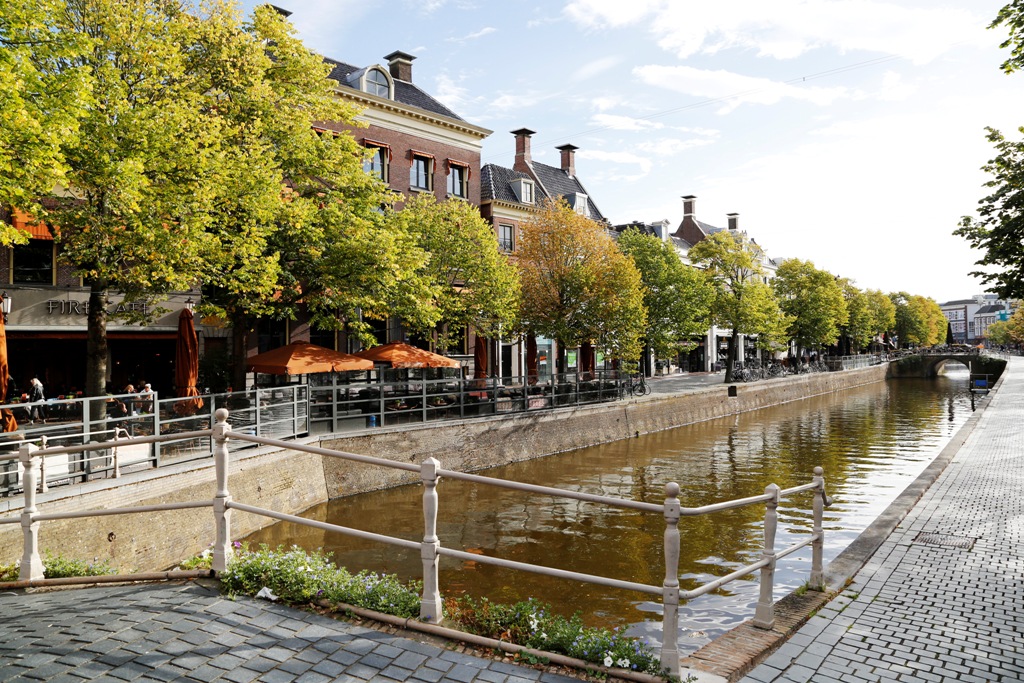
Looking further ahead, an exhibition about M.C. Escher, the graphic artist, will be held at the Frisian Museum during 2018. He was born in 1898 and became renowned for perspective-warping scenes such as Relativity, depicting staircases that cleverly appear to be simultaneously descending and ascending.
For outstanding views over rooftops and public squares, ascend the brick stairs within the Oldehove, the leaning tower that counts as the city’s most iconic landmark. Inevitably, comparisons are made with the Oldehove’s famous counterpart in Pisa. Locals in Leeuwarden proudly inform visitors that their leaning tower tilts markedly further than the one in Italy.
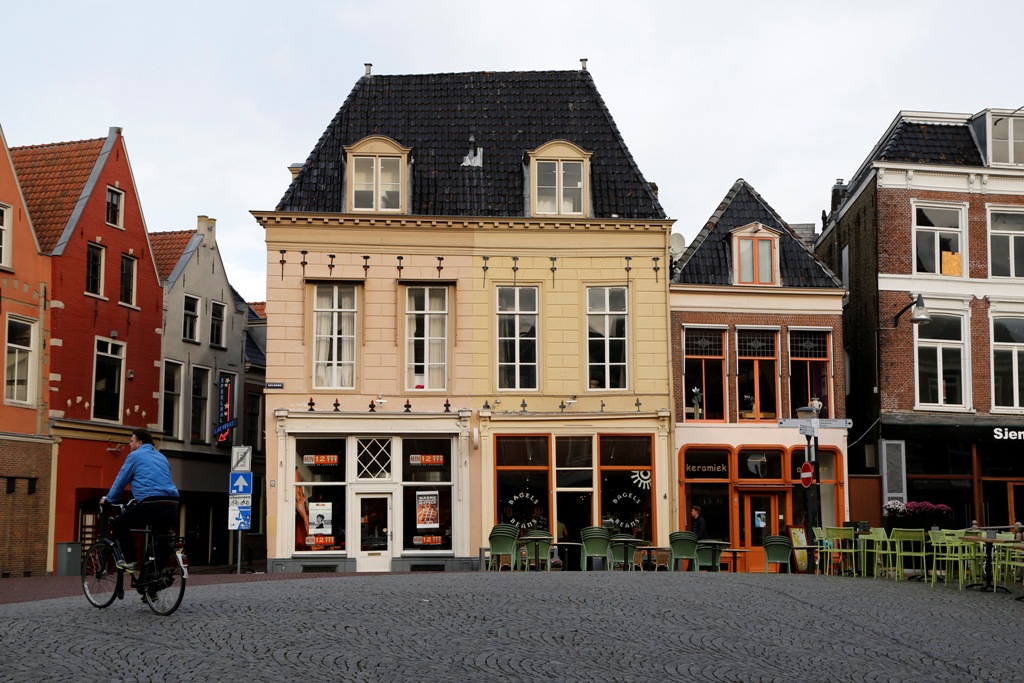
Despite providing an outstanding vantage point, 39 metres over the surrounding square, the rooftop was originally intended to be 120 metres up in the sky. Unfortunately for Jacob van Aken, the man overseeing the construction project, which was going to include an adjacent church, the ground being built upon proved too soft to bear the structure’s weight. Realising his tower was beginning to lean he attempted to shore up the sinkage and counteract the tilt but, realising he could not build the tower any higher, abandoned the project in 1533.
Over the next couple of years visitor numbers to Leeuwarden look set to mushroom. The city proves a pleasant base for travellers who appreciate unhurried stays in urban hubs rich in art and heritage and for exploring attractions elsewhere in Friesland.
All images (c) Stuart Forster.
Tell me more about exploring Leeuwarden
Where to stay
The Hotel Post-Plaza (Tweebaksmarkt 25-27; is a four-star, city centre property with 82 guestrooms. This designer hotel occupies a former post office building and is a 10 minutes’ walk from Leeuwarden’s railway station. A spacious hall, once used for vending stamps and postal services, has been converted into the Grand Café, a hip bar and restaurant.
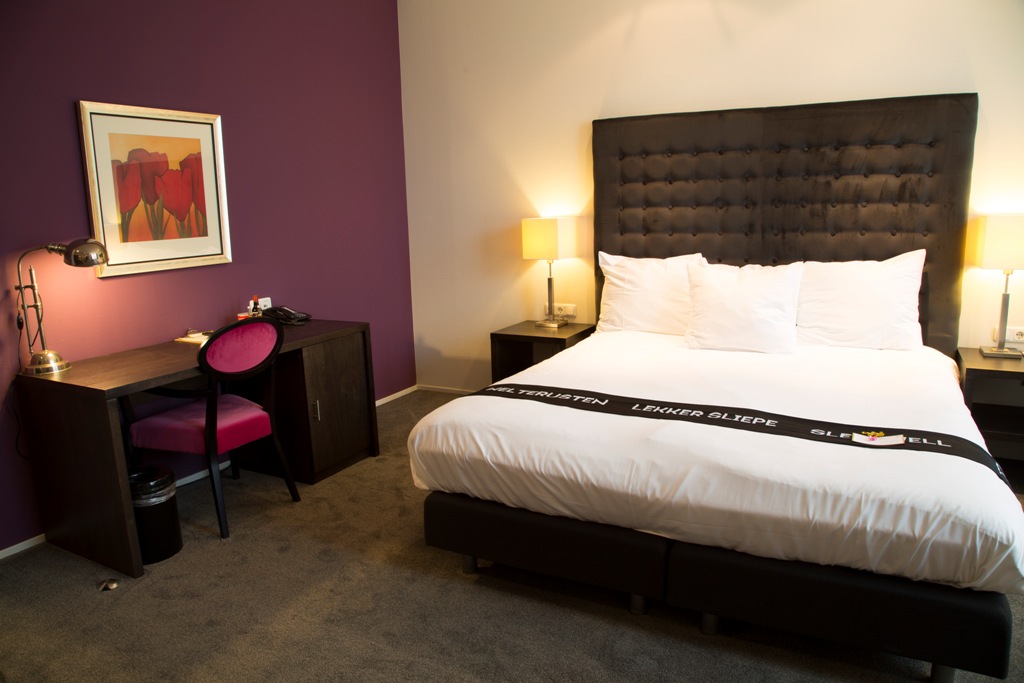
Where to eat
Restaurant Sems ; tel. + 31 (0) 58 2162214) is within a grand, brick-built mansion, built around 1800, on the city’s Gouverneursplein (a term meaning ‘governor’s square’). In addition to a la carte options, reasonably priced chef’s menu options are available in this chic restaurant and wine bar. The four course chef’s menu costs €40, while the six course option is priced at €60.
Further information on exploring Leeuwarden
Leeuwarden’s European Capital of Culture programme – www.2018.nl
Leeuwarden – http://www.visitleeuwarden.com/en/explore/historic-city-centre
Friesland – www.friesland.nl
Netherlands – www.holland.com

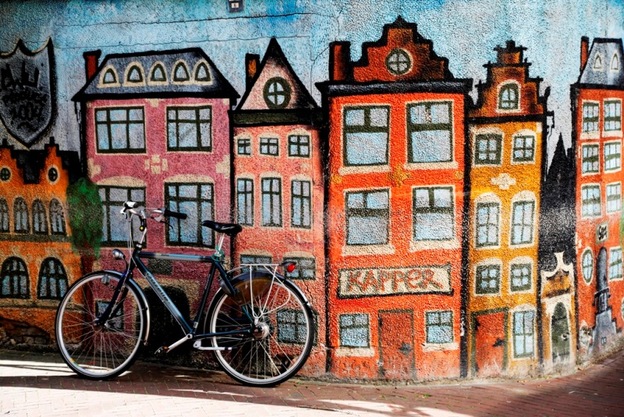
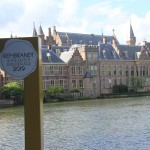
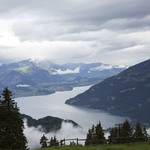
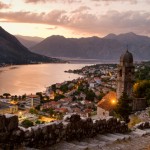
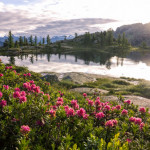

Great article about Leeuwarden. We are really proud of our Oldehove, but it’s not leaning more than the tower of Pisa :). Furthermore you can find more information in English about Leeuwarden on http://www.aguidetoleeuwarden.nl We also offer walking tours in English.